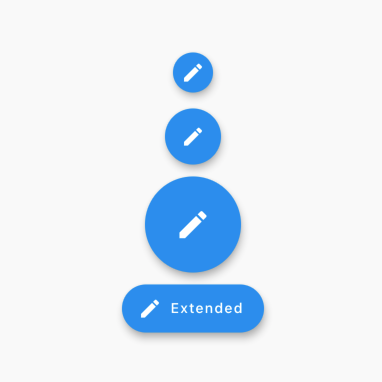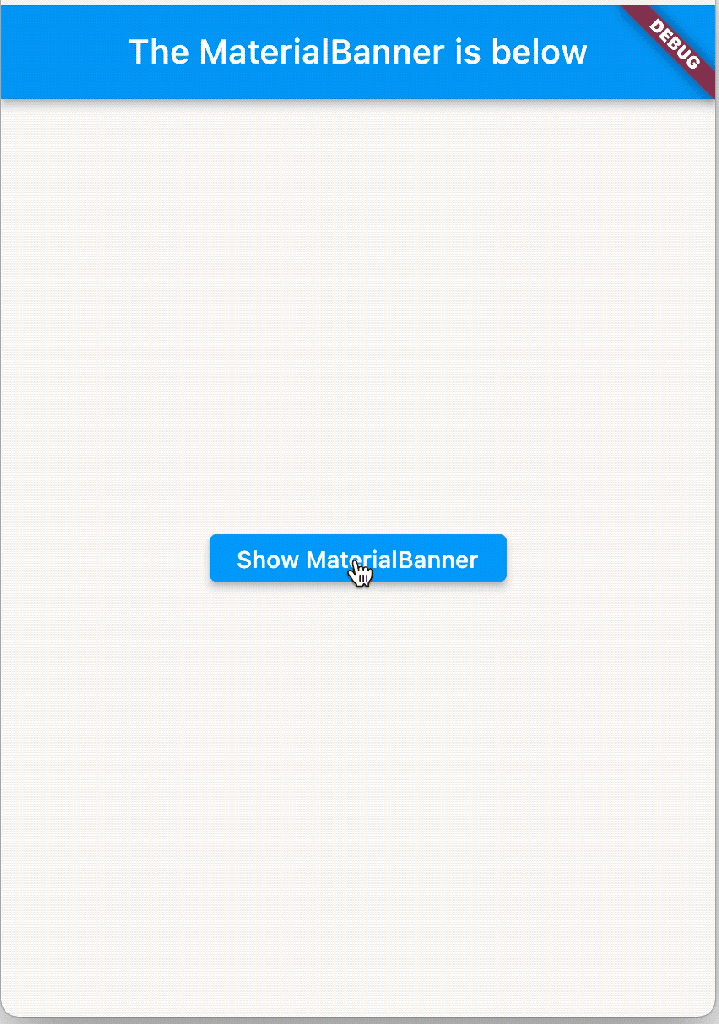
The latest update to Google’s Flutter SDK, version 2.5, includes better support for full-screen Android apps, Material You widgets, and more while the Dart programming language gains Apple Silicon support.
Early this year, with the release of “Flutter 2,” Google shifted Flutter’s dynamic from a cross-platform mobile app platform to a massively cross-platform tool for making apps for all devices. After the relatively minor update that was Flutter 2.2, the team is coming out swinging with this latest release between new features and performance improvements.
To the Flutter team, the hallmarks of this release are not the shiny new features — which there are quite a few of! — but the strides they’ve made toward better performance across platforms. Flutter 2.5 includes some changes that will help all developers like better interaction between animations and asynchronous code, reduced calls to the garbage collector, and reduced latency on native calls. You’ll also find some iOS specific improvements to startup time and more.
For Android developers, one of the more requested missing features of Flutter is the ability to properly have a full-screen application. With Flutter 2.5, you can now better watch your app as it enters and leaves full-screen, and tweak Android’s navigation bar.
Meanwhile, with the full release of Android 12 on the horizon, Flutter is continuing to prepare for Material You, Google’s new design language. Developers now have access to new sizes and theming options for the floating action button, a new way to know when something has been “scrolled under,” and a new Material “banner” to replace snackbar alerts. These tweaks join the Material You styled “NavigationBar” widget first added to Flutter shortly after Google I/O 2021.
For longtime fans of Flutter, you’ll notice that the team has replaced the default “counter” app that appears when you create a new Flutter project. The new template includes a well-rounded overview of some Dart and Flutter project best practices to help better introduce new developers. Digging deeper, you’ll also find some improvements and tweaks to the built-in Dev Tools suite.

As is tradition for Flutter SDK releases, today’s Flutter 2.5 launch also marks the release of the Dart programming language version 2.14. The headlining feature of Dart 2.14 is the addition of native support for Apple Silicon chips, available by choosing ARM64 when downloading Dart for macOS.
There also are a few new language features in Dart 2.14, allowing for some interesting new ways of handling generic types, as well the reintroduction of the “triple shift” operator. Those who use some of Dart’s other features, such as compiling to a native executable, will find that these commands have moved to a unified “dart” command, rather than needing separate commands like “dart2native.”
Another noticeable change, albeit not directly tied to Dart 2.14, is that the language is encouraging developers to move away from its existing set of “Pedantic” lints — suggestions on how best to write Dart code according to Google’s internal guidelines — to a more general purpose “Lints” package, which follows Dart’s style guide instead. These lints are even enabled by default for new Flutter projects.
Flutter 2.5 is available to download now in the stable channel and comes bundled with Dart 2.14, which can also be downloaded separately.
FTC: We use income earning auto affiliate links. More.






Comments